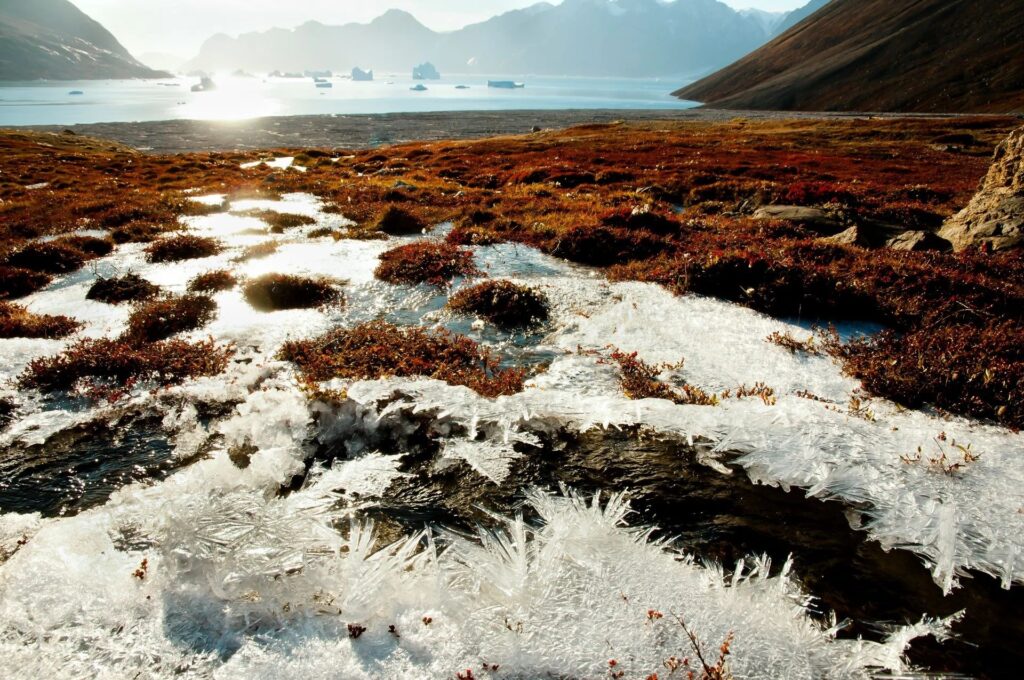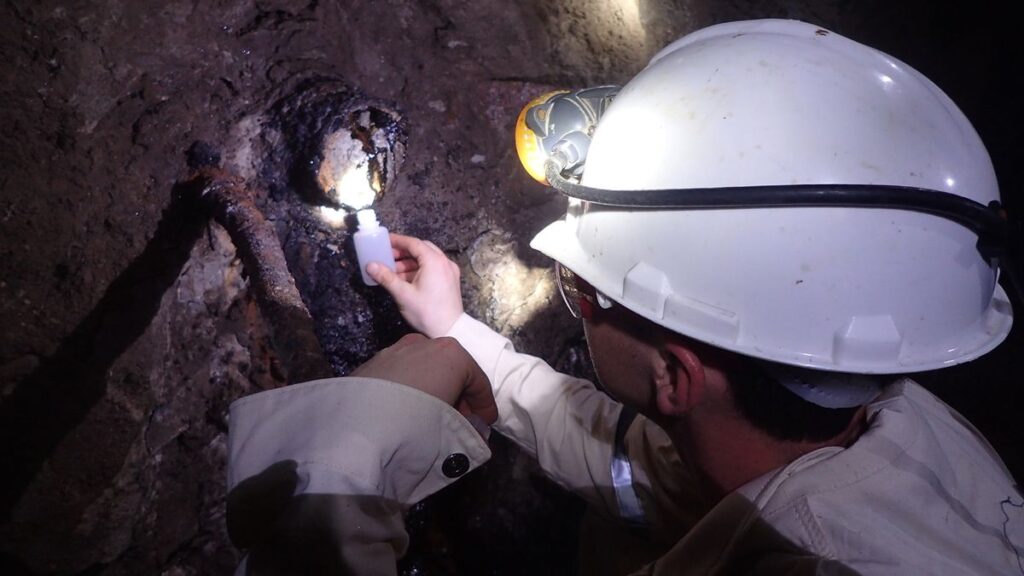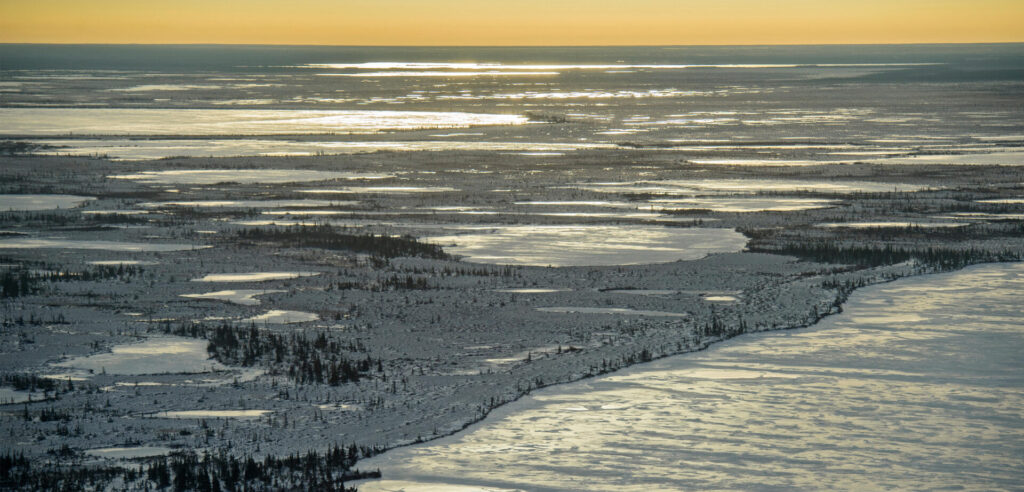
In a chilling revelation, researchers have unearthed a potentially lethal hazard lurking beneath the surface as the Earth’s climate continues to warm. The focus of concern lies in the Arctic permafrost, where the thawing process is not only disrupting ecosystems but also releasing a hidden danger – mercury.
As temperatures rise, vast expanses of once-frozen ground in the Arctic, known as permafrost, are succumbing to the effects of global warming. This process has far-reaching consequences, from unsettling wildlife habitats to emitting greenhouse gases that contribute to climate change. However, a more immediate and pressing issue has emerged in the Hudson Bay Lowlands: elevated levels of mercury within the thawing permafrost.

“Permafrost,” a term denoting ground that remains frozen throughout the year, acts as a natural repository for certain chemicals, shielding them from exposure to both humans and wildlife. With the thawing of permafrost, these chemicals are re-released into the environment, posing a threat to ecosystems and potentially harming living organisms.
Hakai Magazine, a publication focusing on coastal science and societies, sheds light on the concerning presence of mercury in the Arctic permafrost. Historically, sources such as volcanoes and fires, both natural and human-induced, released mercury into the atmosphere. This airborne mercury eventually finds its way to the Arctic, where it settles on the surface and becomes trapped in soil or ice. While in this state, it poses minimal risk.

However, the thawing permafrost liberates the trapped mercury, allowing it to harm wildlife and contaminate waterways. Particularly alarming is the transformation of inorganic mercury into methylmercury by certain microbes. Methylmercury is highly toxic and poses a severe threat to the ecosystem.
The significance of mercury lies in its ability to undergo biomagnification. In polluted environments, smaller organisms, such as algae, absorb the toxin. Larger creatures, dependent on consuming numerous smaller ones for survival, accumulate much higher concentrations of the toxin. This process raises concerns for human populations relying on animals like fish for sustenance, as they may be exposed to dangerous levels of methylmercury.

Researcher Adam Kirkwood, who has dedicated six years to measuring mercury levels and studying soil microbes, suggests that the problem may not be as severe as initially estimated. However, as long as permafrost continues to thaw, the risk persists for wildlife and human communities in the Hudson Bay Lowlands.
To address this issue and combat rising global temperatures, individuals are urged to transition from traditional fossil fuel-based vehicles and appliances to electric alternatives. Additionally, supporting businesses committed to environmental sustainability can contribute to the collective effort to cool down the planet and mitigate the dangers posed by thawing permafrost.

Leave a Reply